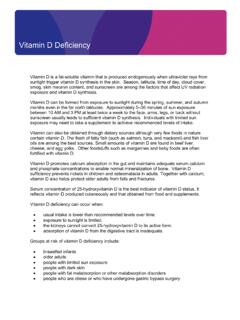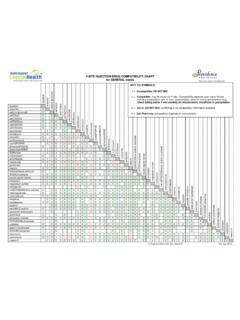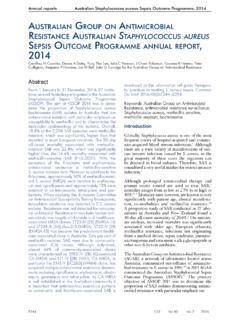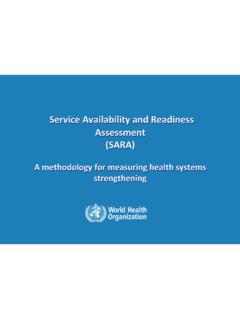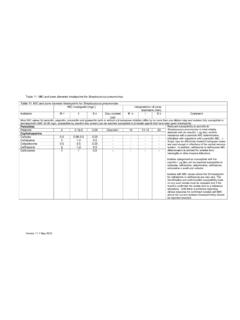Transcription of DMARD MONITORING GUIDELINES – FOR GP …
1 Upper Borough Walls Bath. BA1 1RL Telephone: 01225 465941 Facsimile: 01225 421202 DMARD MONITORING GUIDELINES FOR GP information Sulfasalazine A. Indications: (Licensed) RA, ulcerative colitis and Crohn s disease. (Unlicensed) Sero-negative spondyloarthropathy including psoriatic arthritis and psoriasis. B. Sulfasalazine dosage: Grade of evidence: C Typical dose: 500 mg/day increasing by 500mg weekly to g/day. Occasionally doses above g/day are prescribed. C. Route of administration: Oral D. Time to response: Minimum of 3 months E. Caution: Grade of evidence: C and B (1) Glucose-6-phosphate dehydrogenase deficiency: May cause haemolysis.
2 (2) Renal impairment (moderate): May cause significant crystalluria and must ensure high fluid intake. In case of severe renal failure: Avoid. (3) Slow acetylators of the drug: May cause drug-induced lupus-like syndrome. It is not necessary to assess acetylator phenotype. (4) May impair folate absorption. (5) Pregnancy and breast feeding. (6) Sulfasalazine can be prescribed to men of childbearing potential although there may be transient reversible oligospermia (7) If sulfasalazine is to be prescribed during pregnancy, an analysis of risks and benefits to the mother should be undertaken, against the possible small risk related to the unborn child and doses should not exceed 2 g/day.
3 (8) Folic acid: a supplement should be prescribed to those trying to conceive and during pregnancy. (9) Small amounts of the drug may be excreted in breast milk although these are not thought to be a risk to a healthy infant. F. Contraindications: Grade of evidence: C and B Hypersensitivity to sulphonamides/co-trimoxazole or aspirin. G. Notable drug interactions (refer to BNF and SPC) (1) Azathioprine may contribute to bone marrow toxicity. (2) Cardiac glycosides possibly reduces absorption of digoxin. Sulfasalazine Consultant: .. Telephone.


